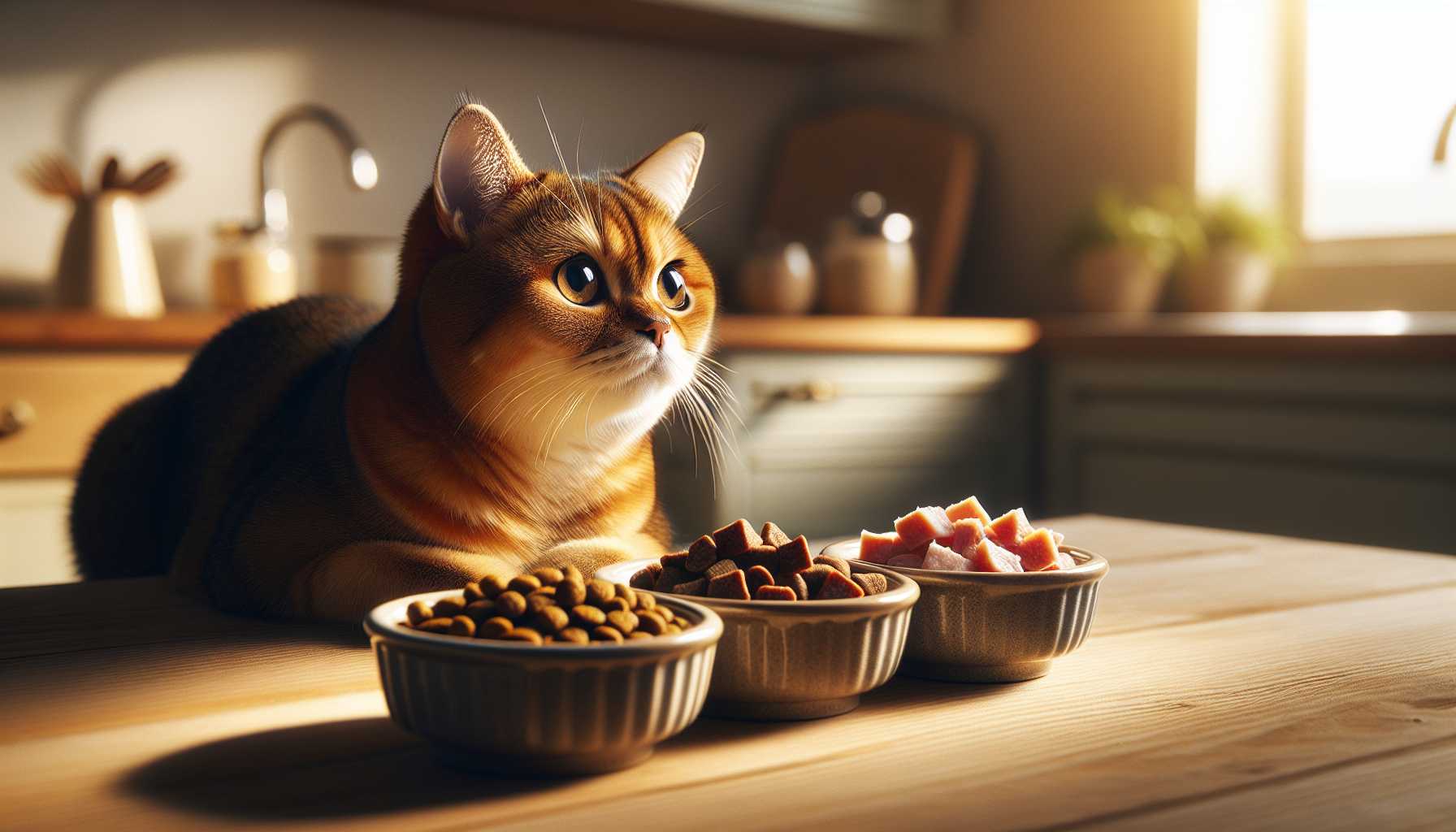Have you noticed your feline friend becoming tired of their regular meals? Just like humans, cats appreciate diversity in their food! Here’s how altering the protein in your cat’s kibble can significantly improve their health and wellbeing.
Understanding Protein Rotation
Protein rotation refers to the practice of systematically changing the primary protein in your cat’s food. Consider it like offering your feline a varied dining experience! One month, they might be enjoying chicken, the following month, salmon and then, perhaps turkey.
The Perks of Alternating Proteins
Reducing Food Sensitivities
Feeding your cat the same type of protein over time can sometimes result in food sensitivities. By varying the protein sources, you’re assisting their digestive system to remain flexible and robust.
Enhancing Nutritional Balance
Different proteins come with diverse nutrients:
– Fish is packed with omega-3 fatty acids
– Turkey is lean and excellent for weight control
– Duck provides an abundance of nutrients and unique proteins
Increasing Mealtime Enjoyment
Who would want to eat the same meal every single day? Altering proteins keeps your cat intrigued by their food and can help to curb fussy eating habits.
Getting Started with Protein Rotation
Make Gradual Changes
Start by adding small portions of the new protein kibble to their current food. Gradually increase the new diet over a period of 7-10 days.
Monitor Closely
Watch out for changes in your cat’s:
– Energy levels
– Consistency of their stool
– Appetite
– Condition of their coat
Popular Protein Alternatives
- Chicken
- Turkey
- Duck
- Salmon
- Rabbit
- Lamb
- Whitefish
Helpful Hints for Success
- Keep a record of which proteins your cat prefers
- Ensure to appropriately store opened bags of kibble
- Maintain regular portion sizes
- Always have a reserve of kibble
When to Exercise Caution
Certain cats may thrive on a single protein source. It’s advisable to speak with your vet if your cat has:
– Known allergies
– Digestive problems
– Long-term health issues
Keep in mind, every cat is different! What works best for one may not for another. Pay close attention to your furry friend’s preferences and adjust the diet as necessary.
Concluding Thoughts
Varying the protein source can be a fantastic way to upgrade your cat’s diet and keep them excited about their meals. Start slowly, watch out for changes, and take pleasure in observing your cat prosper with their diverse menu.

